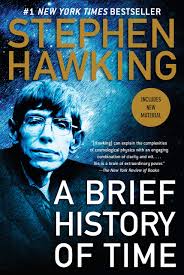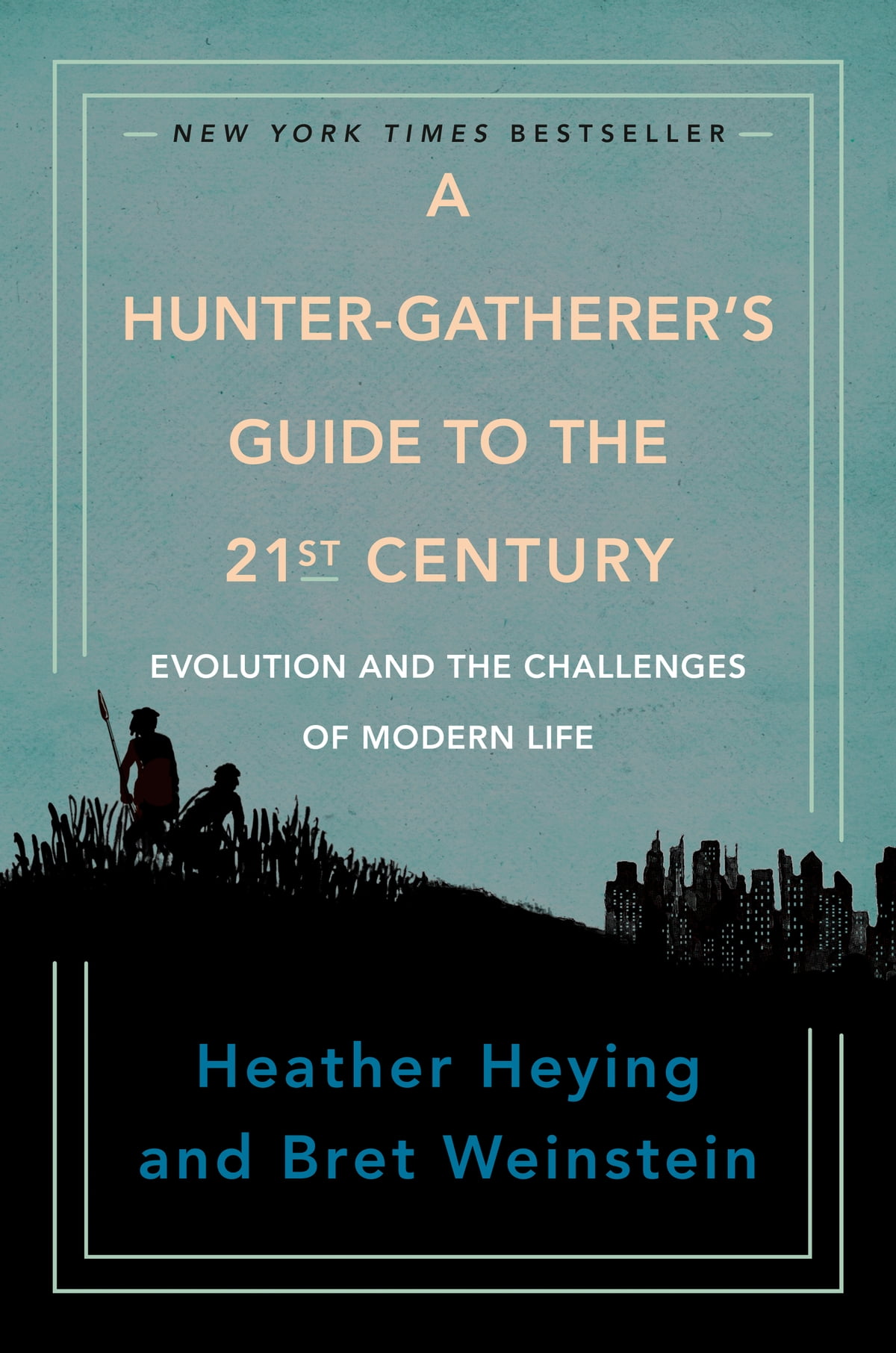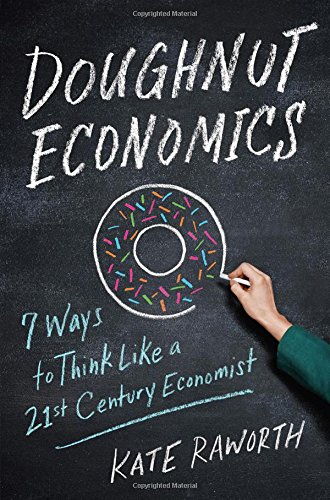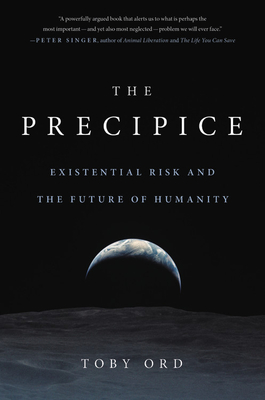A Brief History of Time
by Stephen Hawking
- Science
- Ashto =
- Jonesy =

A Brief History of time is a popular science book on cosmology written by Stephen Hawking. It is a book for readers who have no knowledge of the universe and are curious to learn more about science. In this episode we’ll talk about Space and Time, Black Holes, The Expanding Universe and the Universe and Meaning.
SPACE, TIME
Before Galileo and Newton, the motion of bodies were assumed to be at rest unless acted upon. Galileo’s measurements indicated that each body increased its speed at the same rate, no matter the weight. If you let go 2 balls on a slope with different weights, they will go down at the same time. The situation is similar to that of heavy bodies falling vertically, but it is easier to observe because speeds are slower – like if holding a feather and a billiard ball on the moon. Galileo’s experiments were used by Newton to develop the laws of motion
Newton came out with Principia Mathematica in 1687. Whenever a body Is not acted on by a force, it will continue in a straight line by the same speed. Newton came up with the 3 laws of motion, but also came up with a law to describe the force of gravity. That which states, every body attracts every other body with a force that is proportional to the mass of the body (we are pulling the Earth up technically)
Time
Both Newton and Aristotle believed in absolute time – that is one could unambiguously measure the time between events.This works well when dealing with normal things, but they don’t work when you move things near the speed of light.
Speed of light
The speed of light was first discovered in 1676 . It was observed that the times which the moons of Jupiter pass behind Jupiter were not evenly space. It was discovered that the speed of light was the same in all directions. Since the speed of light is just the distance it has travelled divided by the time it has taken, different observers would measure different speeds for the light. In relativity on the other hand, all observers must agree how light travels. But the Brief History of Time explains that the speed of light is the same and constant in every direction.
In 1905 a famous paper by an unknown clerk in a Swiss Patent office, pointed out that the whole idea of absolute time was false. Since the speed of light was the distance travelled divided by the time taken, different observers should measure different speeds of light. In relativity on the other hand, all observers must agree on the speed of light; but they will not agree on how far the light has travelled, so they must disagree over the time taken
The time taken is the distance the light have travelled (which they don’t agree on), divided by its speed (which they do agree on). Hence it appears that each observer must have his own measurement of time!
Space time
Einstein made the theory that gravity is not like the other forces. It is a consequence of the fact that space time is not flat. It is curved or warped
A Brief History of Time presents the Twins paradox.
If you have one twin on top of a mountain and the other at sea level. The one on bottom of the mountain will age faster. This was tested in 1962, using a pair of very accurate clocks at the top and bottom of a water tower. The clock at the bottom, nearer the Earth was found to run slower. Suppose one twin goes to live on the top of a mountain while the other stays at sea level. The mountain twin would age faster than the second. If they met again, one would be older than the other. Note that in this case the difference would be negligible.
But if one took a long trip in a spaceship at nearly the speed of light, when he returned he would be much younger than the one who stayed on Earth.
Black Holes
A Brief History of Time helps us understand black holes. We start by understanding the life cycle of a star.
Formation
- Star is formed when large amounts of gas (mostly hydrogen) starts to collapse togethor due to gravitational attraction
- As it contracts, the gas atoms collide with eachother at more and more higher speeds, thus heating up
- Eventually the gas gets so hot they no longer bounce , instead they coalesce to form helium – by nuclear fusion.
- The heat released in this reaciton is what makes the star shine
- Throughout its life, there is a balance between the pressure of the reaction of the gas, and the gravitational attraction. Thus it doesn’t contract any more and finds equilibrium
- It is a bit like a balloon expanding. The tension in the rubber is trying to make it smaller but the helium is pushing it out
- It stays like this for ages. But what happens when the hydrogen fuel runs out?
- When the hydrogen burns up the gravity pulls it in. But there is still an outward force as the matter particles get closer they still have a velocity in every random direction – thus are pushing out
- But there is a limit to what this force is. If the gravity is greater, then gravity rules it in
- The limit is called the Chandreasekhar limit (the Indian grad who figured it out)
- Thus they can become white dwarfs, neutron stars if below the limit
- Here the space bent in so much, the geodesic went inward only, so light couldn’t even get out. Hence black hole
- Everything is dragged back in
- But if above the limit they become black holes
The event horizon. The boundary or region from which nothing can escape, like a one way membrane. You can fall in but can’t come out
General relativity predicts that heavy objects moving will emit gravitational waves that curve space time. Like light, gravitational waves carry energy away from the objects that emit them. There is evidence that there is a large black hole at the center of our galaxy, the size of a hundred thousand times the size of the sun.
Quantum Mechanics
The Uncertainty Principle
Newton’s laws could calculate the state of the solar system at any time. Determinism seems obvious in this case. At this stage in history determinism was beginning to be accepted. But many thought this infringed on Gods freedom.
Then came Heisenberg
In order to predict the future position and velocity of a particle, one has to measure its present position and velocity accurately. You need light to observe its location. The smaller wavelength would be more precise. One quantum is the smallest possible size to get the measurement. But the one quantum would change its velocity in a way that can’t be predicted. Moreover, the more accurately one measures the position, the shorter the wavelength of the light that one needs, and hence the higher the energy of a single quantum. So the velocity will be disturbed by the smaller amount. The more accurately you try to measure the position of the particle, the less accurately you can measure its speed, and visa versa
A Brief History of Time proves that the universe could NOT be completely deterministic.
Expanding Universe and the End
The Expanding Universe
Hubble in 1924 demonstrated we were not the only galaxy. But he needed new ways to find out how far each were apart. Stars are so far away, that they appear to us to be just pinpoints of light. We cannot see their size and shape – so how can we tell two stars apart? The only thing we can observe for most is the colour of their light. Different stars have different spectra. Certain colours may be missing from the stars spectra .
What scientists noticed in 1920 that all stars were slightly shifted on average towards red.
To understand this , you need to know ‘The Dopler Effect’. Different wavelengths of light is what humans see as different colours. Red has the longest wavelength and blue has the shortest wavelength
Now imagine a source of light at a constant distance away, obviously the wavelength of the waves will be the same as what was emitted. Now suppose they are moving toward us, the wave length of the next crest will be nearer to us, so the wavelength will be shorter and shifted towards blue. If the source is moving away from us, then the wave will be longer, and red shifted
In terms of colours, if it is red shift, the universe is expanding. If it is blue it is contracting. (each wave length is further). The shift towards red is how we realised the universe is expanding in all directions!
Prior to this we thought things were going in random directions. So we’d expect a blue and red, equalled out. Thus A Brief History of Time shows us that every galaxy is moving away from us.
The Universe and Meaning
Why was the universe so hot to begin with? Why is the universe so uniform on a large scale? Why did the universe start out with so nearly the critical rate of expansion that separates models that recollapse from those that go on expanding forever Why were all the boundary conditions so perfect for life at the beginning of life?
One possible answer is that God chose the initial configuration for reasons we cannot hope to understand. This would certainly been the power of an omnipotent being, but if he had started off in such an incomprehensible way, why did he choose to let it evolve according to laws we could understand?
It is a bit like monkeys hammering away on typewriters – most of what they write is garbage, but very occasionally by pure chance they will type out one of Shakespeare’s sonnets. There are two explanations for the extraordinary occurence.
The weak anthropic principle
The intelligent beings should not be surprised if they observed that the constants of the universe satisfies the conditions that are necessary for their existence. One example of the use of the weak anthropic principle to explain why the big bang occured 10,000 million years to go. The weak anthropic principle argues it simply it takes about that long for intelligent beings to evolve.
The strong anthropic principle
To the question ‘why is the universe the way we see it?’ We cannot predict the values of numbers from theory we have to find them from observation. It seems that all the constants have been finely adjusted to make possible the development of life. For example, if the electric charge of the electron would be slightly different, stars either would have been unable to burn hydrogen and helium or else they would explode. It seems clear that there are relatively few ranges of values that would allow any development of intelligent life. Most sets give numbers that might be beautiful, but wouldn’t contain anyone to wonder at the beauty. One can take this as either evidence of divine purpose in Creation and the choice of the laws of science or as support for the strong anthropic principle.
Grab a copy of the book here:








